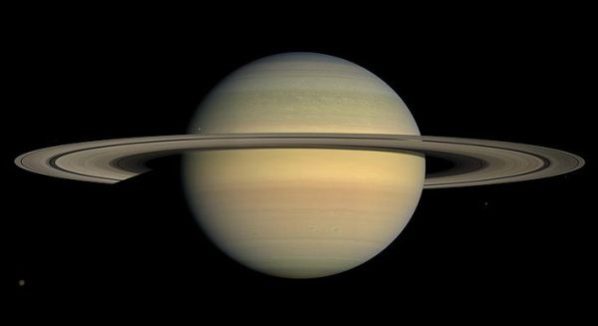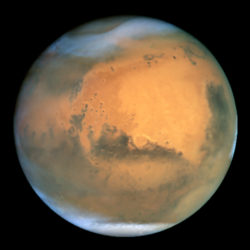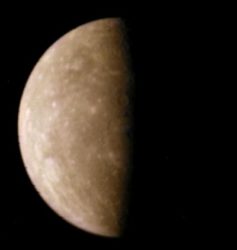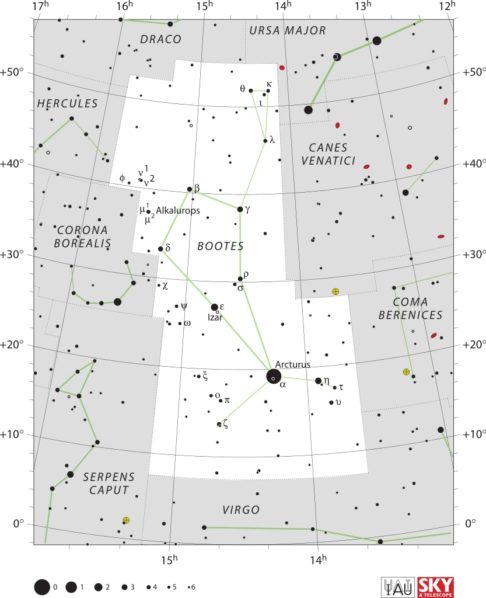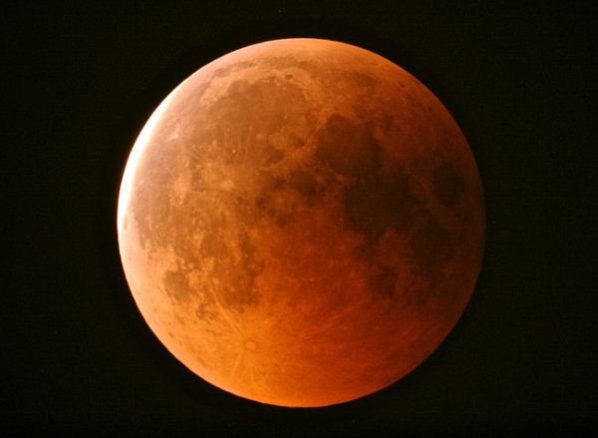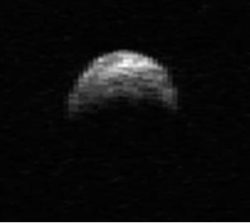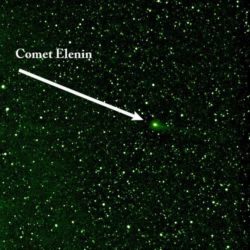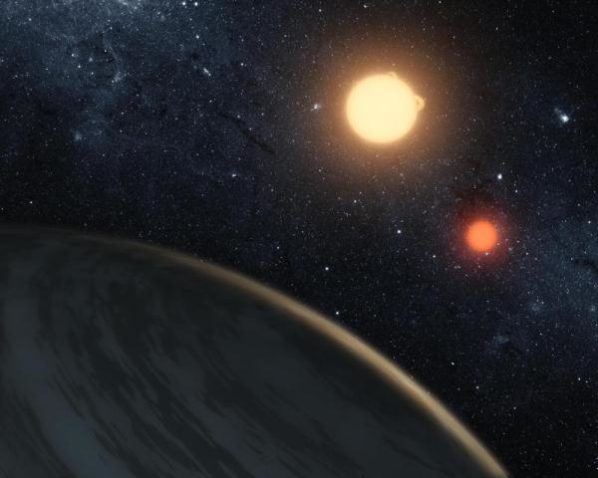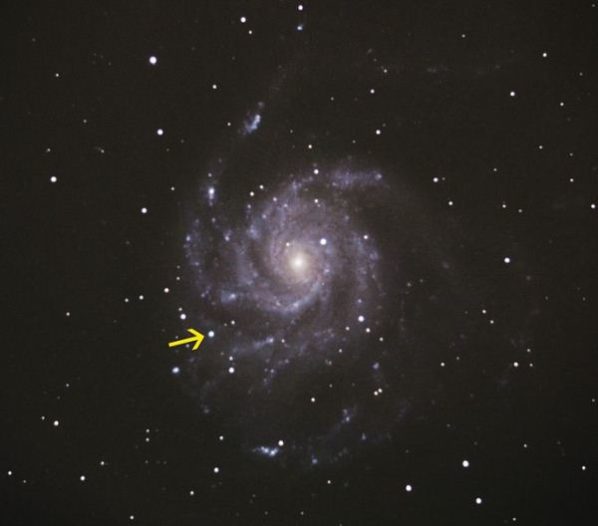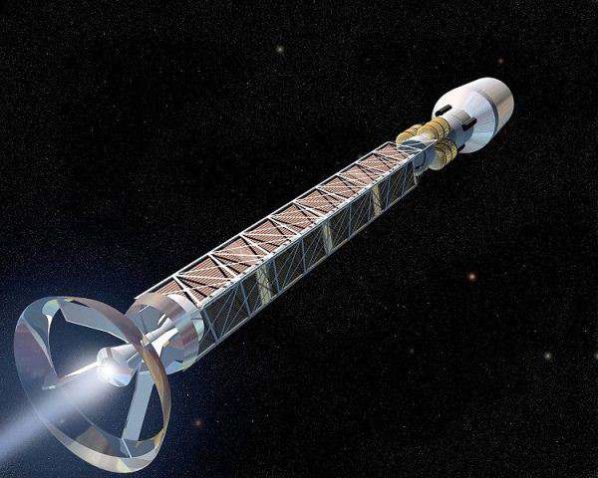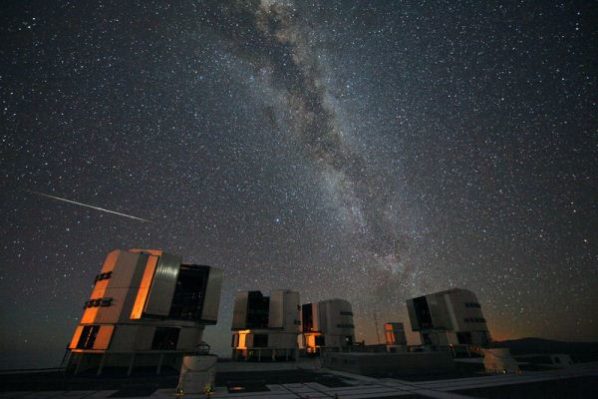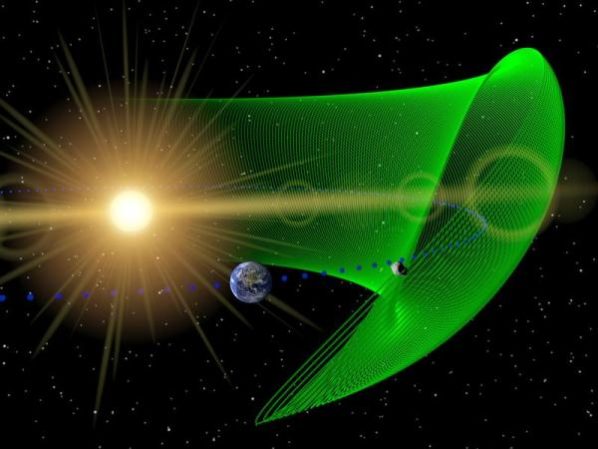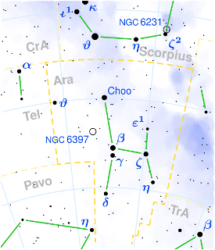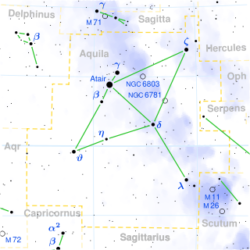Monthly Stargazing Calendar for April 2012
On April 15 the planet Saturn will be at Opposition. The ringed giant will be at its closest approach to the Earth and its face will be fully illuminated by the Sun. It will be the best time to view and photograph Saturn and its moons.
Monthly Stargazing Calendar for March 2012
On March 3, Mars was at opposition. The Earth passed Mars as the two planets wheeled around the sun in their respective orbits. This time the opposition was an unfavorable one because Mars was at aphelion on February 15, which means it was at its farthest point from the sun.
Monthly Stargazing Calendar for February 2012
The best chance to see Mercury will be from February 20 to March 12. The planet will, from our point of view, have moved far enough from the Sun's glare to be visible shortly after sunset. Mercury will reach greatest elongation from the Sun on March 5, reaching a relatively bright magnitude of about -1.
Monthly Stargazing Calendar for January 2012
On the night of January 3 to 4 the Quadrantids meteor shower will peak. It is an above average shower, with up to 40 meteors per hour at the peak. The near first quarter moon will interfere with the show a little at first, but it will set shortly after midnight, leaving dark skies for what would then be a good show.
Monthly Stargazing Calendar for December 2011
On December 10 we will witness a total lunar eclipse. The best viewing location will be in the Asia-Pacific region, but the eclipse will still be visible throughout most of Europe, eastern Africa, Asia, Australia, the Pacific Ocean, and North America. Unfortunately the eclipse will not be visible in South America.
Monthly Stargazing Calendar for November 2011
This month we are expecting the flyby of Asteroid 2005 YU55. On November 8th, it will make a close approach to the Earth at 0.85 lunar distances. It has a diameter of about 400 meters so unfortunately it is too small to be visible to the naked eye.
Monthly Stargazing Calendar for October 2011
This month we were expecting to see a close approach of the comet Elenin. Unfortunately, the comet has recently lost in brightness and it seems that it is breaking up. Even these news haven't stopped all that doomsday nonsense in the blogosphere about this comet crashing into the Earth…
Tatooine-Like Planet Discovered Orbiting Two Suns
An exoplanet that orbits around two stars, known as a circumbinary planet, has recently been discovered by astronomers using the Kepler space telescope. The planet dubbed Kepler-16b has been compared to the planet Tatooine from Star Wars, due to the fact that it has two Suns in its sky.
Monthly Stargazing Calendar for September 2011
This month you can witness a supernova with just binoculars or a small telescope. The supernova is called SN 2011fe and has been discovered by astronomers on August 24 within hours of its explosion. It is located within the Messier 101 galaxy 23 million light-years away in the constellation of Ursa Major.
Antimatter Discovered Around Earth
A ring of antimatter, more specifically antiprotons, has been recently discovered around the Earth. Since antiprotons are charged sub-atomic particles, they are confined by the planet's magnetic field lines.
Monthly Stargazing Calendar for August 2011
This month on the 12 and 13 the Perseids Meteor Shower will peak. It is one of the best meteor showers to observe because it can produce up to 60 meteors per hour at the peak. You may also be able to see some meteors any time from July 23 to August 22.
Earth’s First Trojan Asteroid discovered by NASA’s WISE
NASA's WISE mission discovered asteroid 2010 TK7, an Earth Trojan, in a stable orbit around a Lagrangian point, possibly a future space destination.
Ara Constellation
Explore the Ara constellation with its mythological roots, notable stars like Beta Arae, a star with planets, and fascinating deep-sky objects.
Aquila Constellation
Discover Aquila, the eagle, in Greek mythology. Explore its notable stars like Altair and Alshain, as well as intriguing deep-sky objects.

